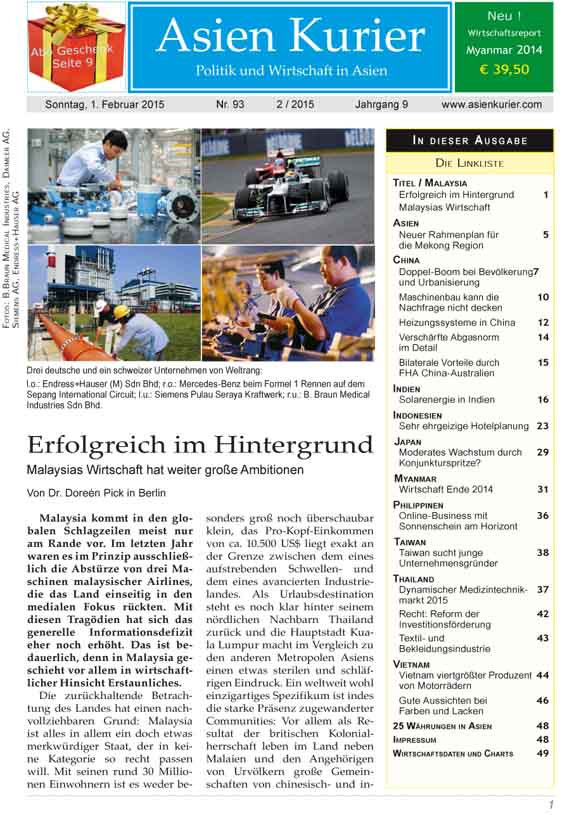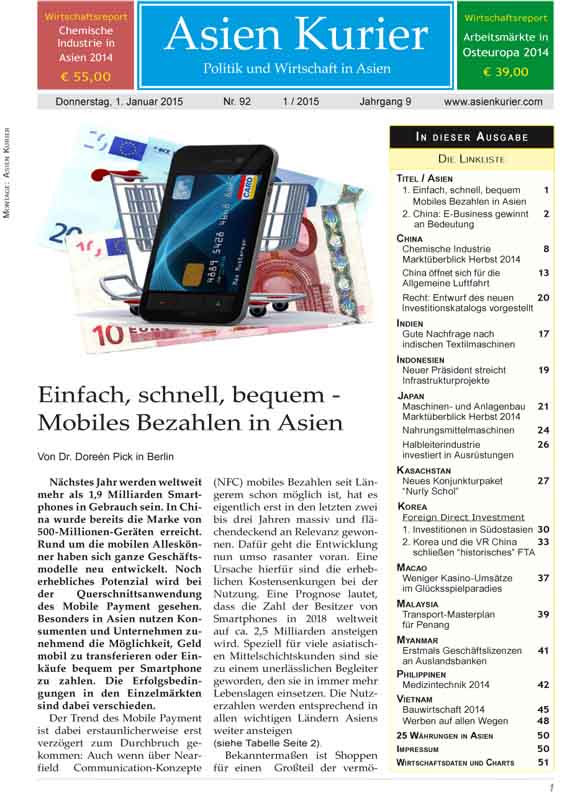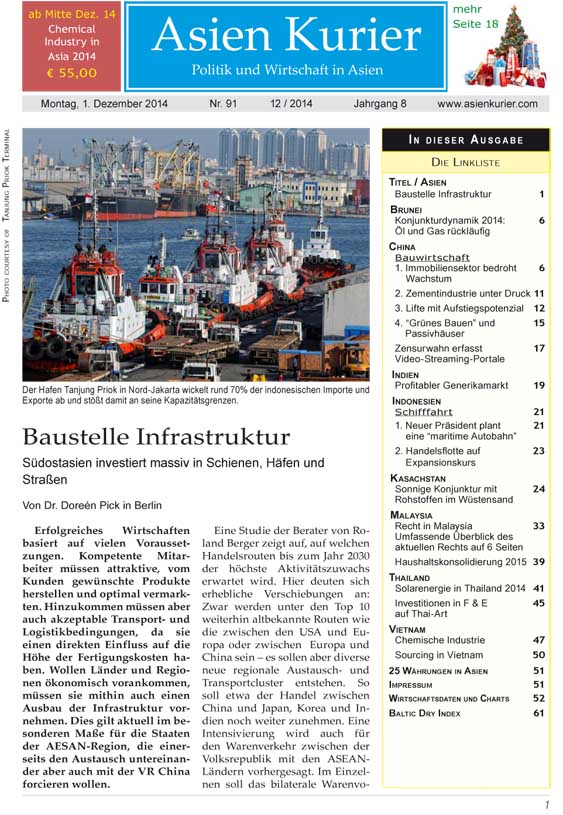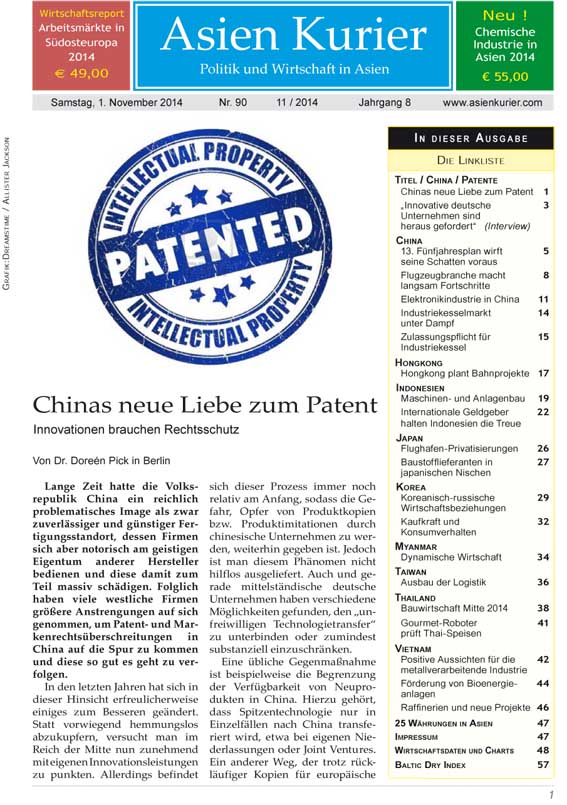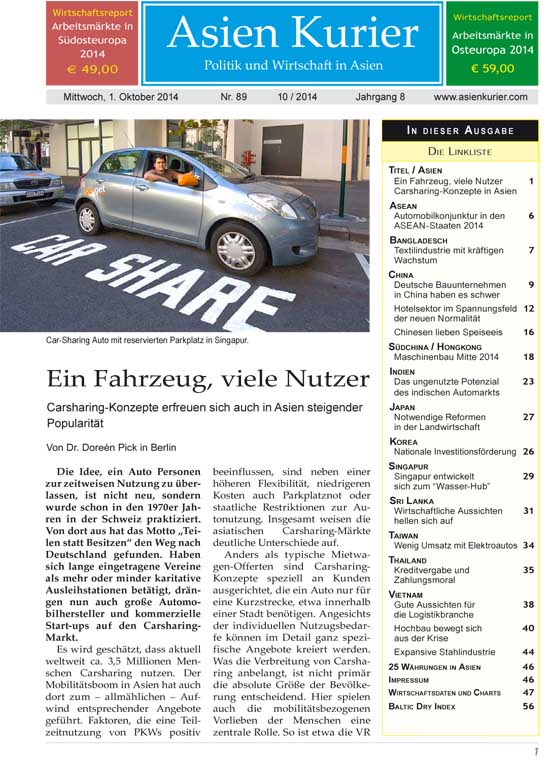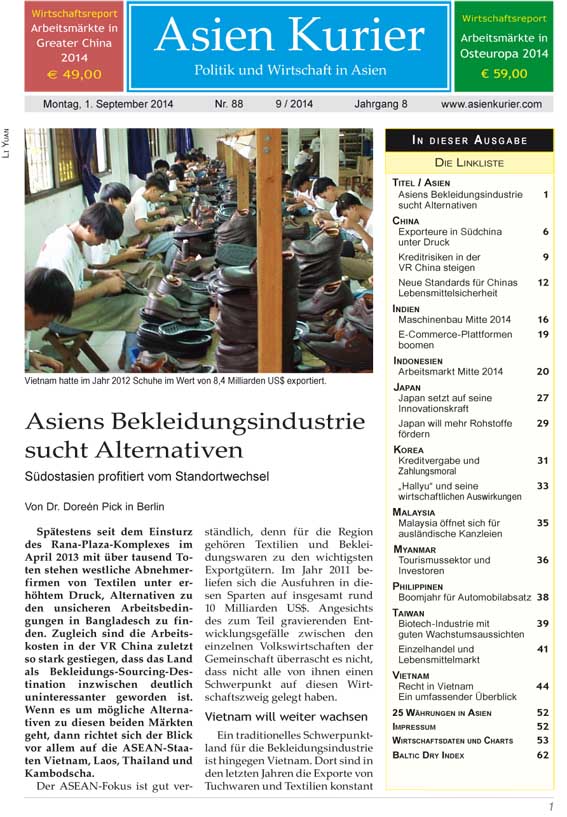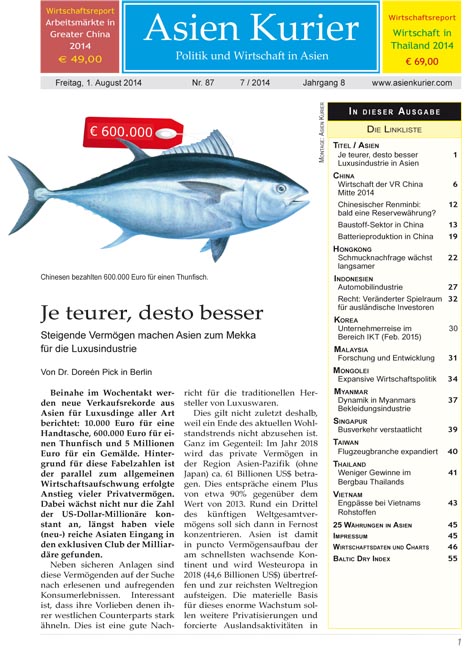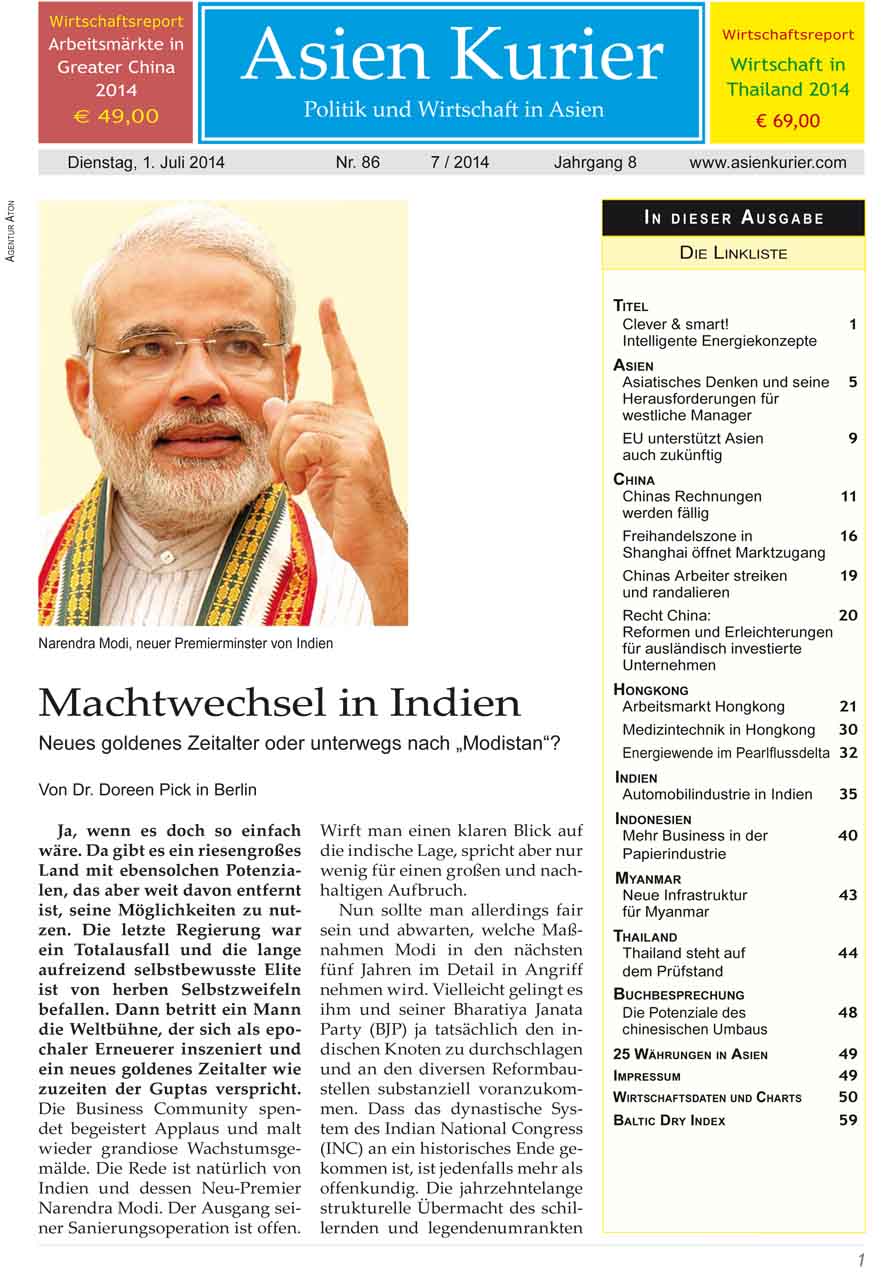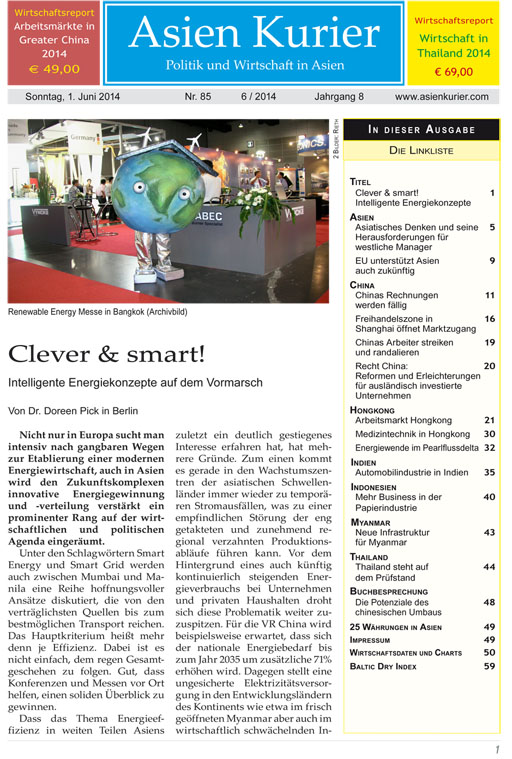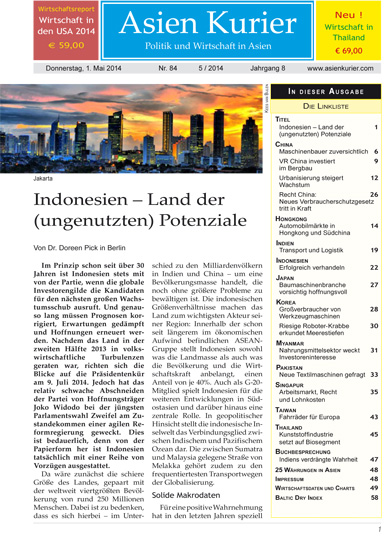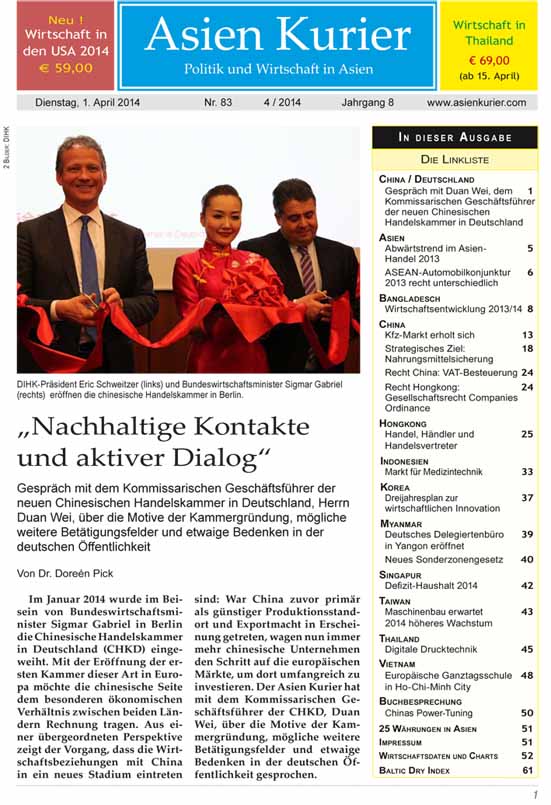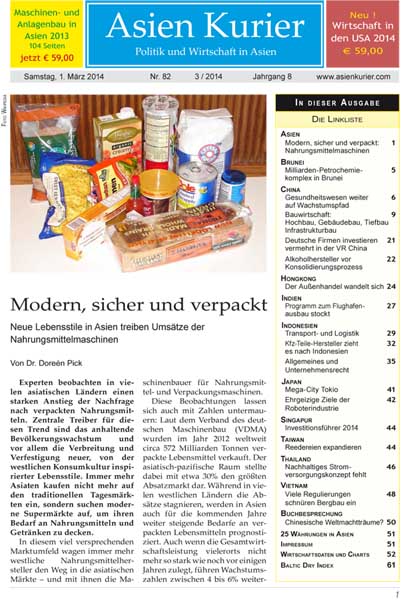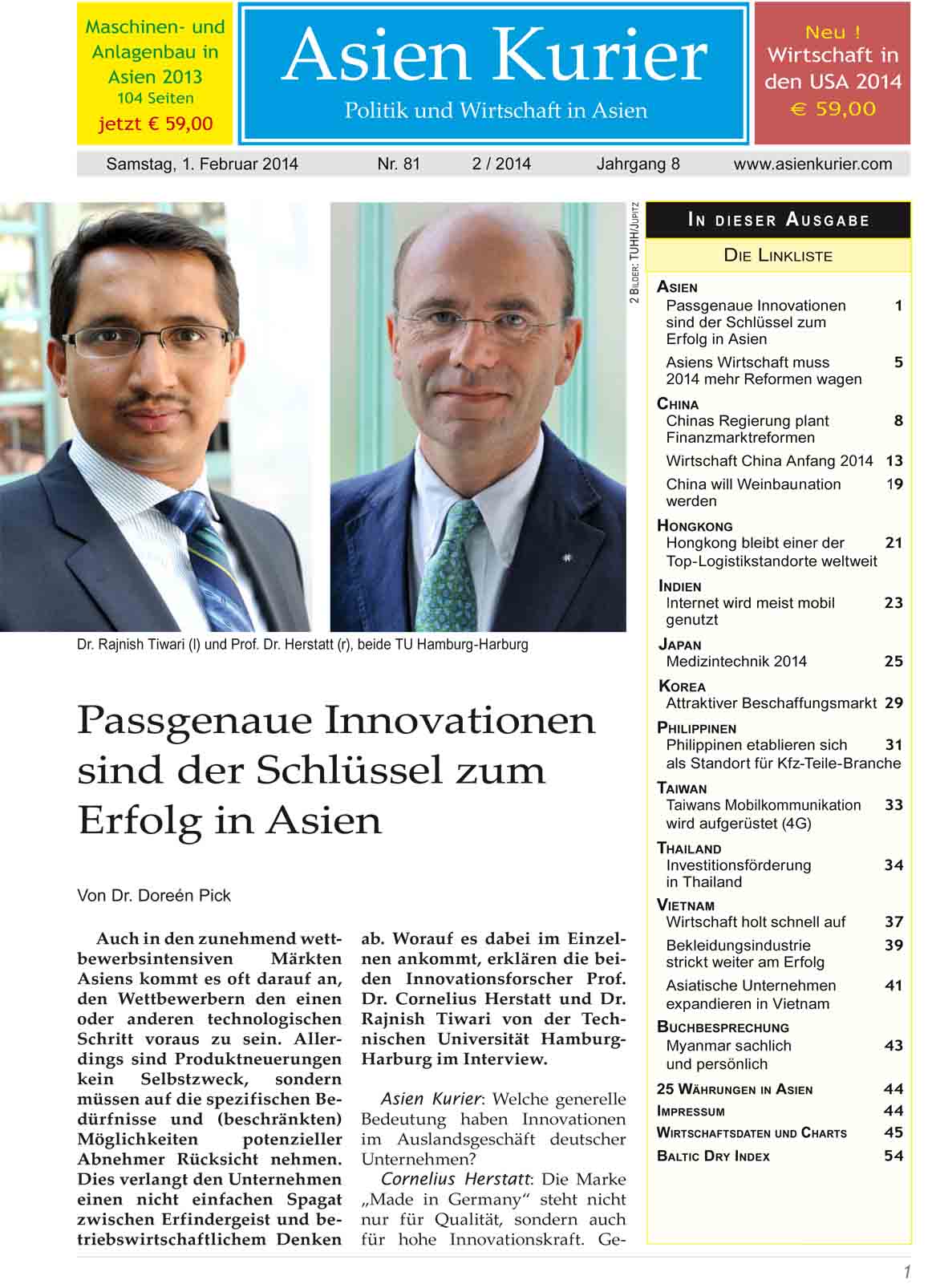
|
Tips on How To Write an Executive Summary for a Research Paper
An executive summary is an overview of a research paper or other document. It summarizes key points and saves time, allowing the reader to better understand the overall contents of the study. An executive summary is a separate document that provides enough detail and clarity for the reader to fully understand the main research study. Depending on the length of your report, an executive summary may be between 1-10 pages. It can also be a summary of multiple documents.
Why executive summary is important
While an executive summary and an abstract are similar in that they summarize the contents of research studies, there are key differences. Research abstracts do not include author recommendations. If they are, they are usually implicit. Academic abstracts do not usually include recommendations because scholars work in a discursive environment. Discussions, debates and dialogs are required before any new research findings can be implemented.
Executive summaries can be used when a research study is being developed for an organization partner, funding entity or another external group. Therefore, professors assign executive summaries to students so they can practice writing and synthesizing the contents of extensive research studies for external stakeholder group.
Keep these things in mind when you are writing:
- A summary is not an abstract.
- A summary is not an introduction.
- A preface is not an executive summary.
- Executive summaries are not just a collection of highlights.
How to write an executive summary for a research paper
1. Read the entire paper again
Although it may seem obvious, it is crucial that you thoroughly read all of the research studies before you start writing the executive summary. Notes can be taken as you go, noting important facts, key findings, or recommended actions.
2. Define the most important points in the original document
Decide which sections of the document are most important for those who will be reading it. These points should be included in the executive summary to give a complete and thorough explanation of the message the document is trying convey.
3. Separate main sections
Examine each section carefully and identify the major differences. Once you are clear about the differences between the sections, write down a few sentences describing each section. The main sections of an executive summary will likely include the following, although the format might vary:
- A brief introduction, along with background information.
- Research study's purpose
- Data collection and analysis
- Overview of the findings and
- Each recommendation is described and accompanied with a justification. The recommendations may sometimes be quoted directly from the research study.
4. Combine the information
Combine the information to create an executive summary. It should not exceed 10% of the original document. Be concise! This is your opportunity to briefly explain the whole document and then focus on the key points from your research. This will depend on the audience and their priorities. Use bullet points if necessary to emphasize and keep the message short.
5. Read your executive summary again
Once you have completed your executive summary, leave it to rest for a few minutes before returning to it. You should verify that the summary is separate from the entire research study. You can see the summary clearly and objectively by taking some time to read it again before you reread it.
Avoid these common mistakes
- Executive summary length
An executive summary should not exceed 10% of the pages in the original document. The upper limit is ten pages. This allows the document to be easily read by your audience but still be concise enough to function as a standalone summary.
- Copy-pasting
Except for the specific recommendations in the study, don't just cut and paste entire sections into your executive summary. Paraphrasing information from the longer document is a good idea. If you don't need them, avoid using too many lists and subtitles.
- Consider your audience
While it is unlikely that your professor will require you to write more than one executive summary for a document, it is possible. It may be necessary to rewrite the introduction and conclusion. However, it could also require the rewriting or modification of the entire summary to meet the reader's needs. Consider the different audiences that may be benefited by your study, and make adjustments if necessary.
- Clarity of writing
The clarity of your executive summary is one of the most important mistakes you can make. Your audience (or audiences) will likely be viewing your research study for only the second time. It is best to write your executive summary after the study has been completed. This will help you avoid having it messy or disorganized. For any research paper, the same proofreading strategies should be used.
- Use strong, positive language
Avoid using passive or vague language to weaken your executive summary. An executive summary is an independent document that convinces the reader to take action on the recommendations. After being convinced, the entire document should be read in order to fully understand the recommendations. Make sure you target people who will likely implement the recommendations.
If you are planning to get research writing help online, be sure to read reviews at RankMyService first. Their ratings will save you from the low-quality service providers and lead to the best ones. Check them out to get to know more about the most popular platforms that provide writing help.
